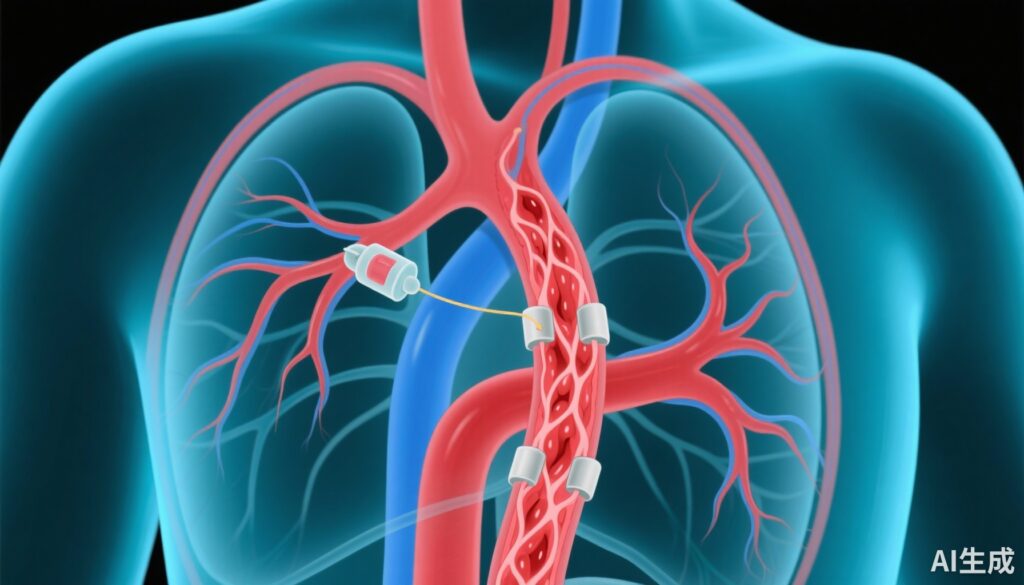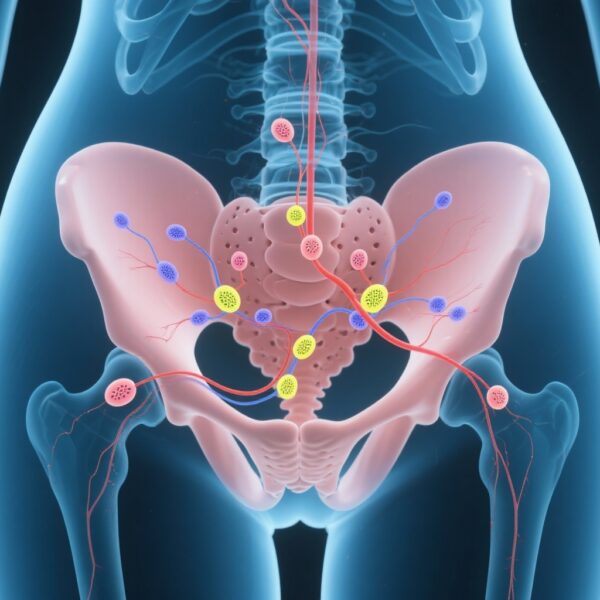Introduction
Pulmonary arterial hypertension (PAH) is a progressive, life-threatening disorder characterized by elevated pulmonary artery pressure and vascular remodeling, leading to right heart failure. Despite advances in targeted therapies, the disease remains associated with significant morbidity and mortality. New treatment options that can alter disease progression, particularly when introduced early after diagnosis, are critically needed.
Background and Rationale
Current therapies for PAH primarily focus on vasodilation and symptom relief but have limited impact on disease progression. Sotatercept, an activin-signaling inhibitor, has emerged as a novel agent targeting the pathogenic bone morphogenetic protein pathway dysregulated in PAH. Previous studies demonstrated that sotatercept reduced morbidity and mortality in patients with long-standing PAH, but its role within the first year after diagnosis was unclear.
Study Design and Population
This phase 3 randomized, double-blind, placebo-controlled trial enrolled 320 adult patients diagnosed with WHO functional class II or III PAH within the previous year. Eligible patients had an intermediate or high risk of death and were on background therapy with two or three PAH-specific medications. Participants were randomized equally to receive subcutaneous sotatercept or placebo every 21 days, with doses escalated to a target of 0.7 mg/kg.
The primary endpoint was time to first clinical worsening event, a composite including death, unplanned hospitalization for PAH, atrial septostomy, lung transplantation, or deterioration in exercise capacity.
Major Results
The trial was halted early due to ethical considerations following positive data from prior related studies, enabling a median follow-up of 13.2 months. In this cohort, 10.6% of patients in the sotatercept group experienced primary endpoint events compared to 36.9% in the placebo group, reflecting a hazard ratio of 0.24 (95% CI, 0.14-0.41; P<0.001). This indicates a 76% reduction in the risk of clinical worsening.
Specifically, deterioration in exercise performance occurred in only 5% of sotatercept-treated patients versus 28.8% on placebo, and unplanned hospitalizations for PAH were notably lower in the sotatercept group (1.9% vs. 8.8%). Mortality rates were low and comparable between the groups (4.4% vs. 3.8%), and no cases of atrial septostomy or lung transplantation occurred.
Adverse events were generally manageable; the most common were epistaxis (31.9%) and telangiectasia (26.2%). There were no reports of severe adverse effects leading to treatment discontinuation.
Clinical Significance
This trial provides compelling evidence that adding sotatercept early after PAH diagnosis significantly reduces the risk of clinical worsening, which includes hospitalization, disease progression, and death. Early intervention with such targeted therapies could potentially improve long-term outcomes and quality of life.
Expert Commentary
Experts recognize sotatercept as a promising addition to PAH therapy, especially in newly diagnosed patients. Its mechanism, targeting aberrant signaling pathways involved in vascular remodeling, offers a different approach than traditional vasodilators. Limitations include the relatively short follow-up period and the need for longer-term data on survival and safety. Current guidelines may incorporate sotatercept as part of combination therapy in early PAH management based on these results.
Conclusion
The early introduction of sotatercept in patients within the first year of PAH diagnosis markedly lowers the risk of disease progression and hospitalization, promising a new paradigm of early targeted therapy. Further studies are needed to confirm long-term benefits and safety.
Funding and Trial Registration
This trial was funded by Merck Sharp & Dohme, a subsidiary of Merck. The trial is registered at ClinicalTrials.gov (NCT04811092).
References
McLaughlin VV, Hoeper MM, Badesch DB, et al. Sotatercept for Pulmonary Arterial Hypertension within the First Year after Diagnosis. N Engl J Med. 2025;393(16):1599-1611. doi:10.1056/NEJMoa2508170



